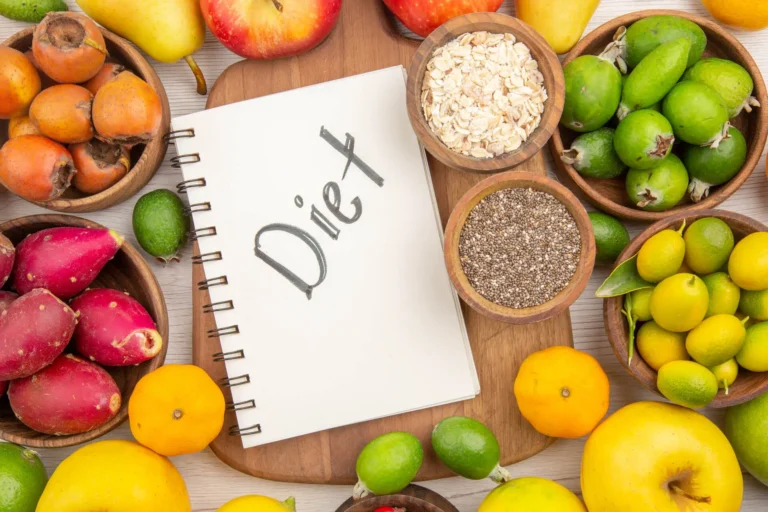Healthy Eating For Beginners: Understanding the Basics
Guarding your health depends on keeping a good, balanced diet. Actually, as much as 80% of early heart disease and strokes can be avoided with good lifestyle choices and habits include eating healthily and keeping active. Let’s tell you about healthy eating for beginners.

While you keep reading, we are going to be showing you what and what not to eat in other to remain strong and healthy.
What Makes up Healthy Eating?
Canada’s Food Guide suggests putting a variety of nutritious foods into your daily meals. It emphasizes consuming more plant-based foods and minimizing the intake of highly processed or ultra-processed items. A healthy diet includes:
Plenty of Vegetables and Fruits
This is a key habit for a healthy diet. Vegetables and fruits are rich in nutrients like antioxidants, vitamins, minerals, and fiber, helping you feel fuller for longer and maintain a healthy weight. Aim to fill half your plate with these at each meal and snack.
Foods Made from Whole Grains
Whole grains offer fiber, protein, and B vitamins; examples of them are whole grain bread, brown rice, quinoa, oatmeal, and hulled barley. Choose nutritious grains over processed foods like white bread and spaghetti to load a quarter of your plate.
Foods high in protein
Legumes, nuts, seeds, tofu, fortified soy drinks, fish, shellfish, eggs, poultry, lean meats, and lower-fat dairy products are among the sources of protein.
Building and preserving muscles, skin, and bones all depend on protein. Include protein in your daily meals, aiming for at least two servings of fish per week and preferring plant-based options. Fill a quarter of your plate with protein-rich meals.
Limiting Highly Processed Foods
Highly processed (or ultra-processed) foods undergo extensive alterations from their original form and often contain multiple extra ingredients. These foods usually lose key nutrients while gaining excess salt and sugar. Examples include fast snacks, chips, cookies, and white bread.
While some moderately processed foods like bagged salad or frozen vegetables are fine, it’s crucial to avoid the consumption of heavily processed foodstuffs. Research suggests that ultra-processed foods make roughly half of Canadians’ diets.
Choosing Water as Your Main Beverage
Water is necessary for hydration and health without adding calories. Sugary drinks, such as energy drinks, fruit juices, and sodas, are heavy in sugar and provide little nutritious value, leading to undesired weight gain.
Even 100% fruit juice includes more sugar and fewer fiber than whole fruit, so it’s best to eat fruits instead of drinking them. When safe drinking water is unavailable, consider coffee, tea, unsweetened lower-fat milk, or previously heated water as alternatives.
Top Tips for Healthy Eating
1. Prepare most of your meals at home using whole or minimally processed ingredients. Incorporate a variety of proteins to keep your meals intriguing. You can use entertaining names for each day to aid in your planning. Try “Meatless Monday” with a meat-free recipe.
2. Create a weekly menu plan to streamline your meal preparation. Opt for recipes that include a lot of vegetables and fruits.
Aim to fill half your plate with these at every meal, choosing brightly colored options, notably orange and dark green vegetables. Frozen or canned unsweetened fruits and vegetables are excellent substitutes for fresh produce.
3. Avoid sugary beverages and adhere to water instead. Lower-fat, unsweetened milk is another excellent hydration option. Carry a reusable water bottle in your purse or car for convenient access.
4. Eat smaller meals more frequently. Have at least three meals a day along with munchies in between. Waiting too long to consume can lead to unhealthy food choices, so keep convenient snacks on hand, like this, for emergencies.







